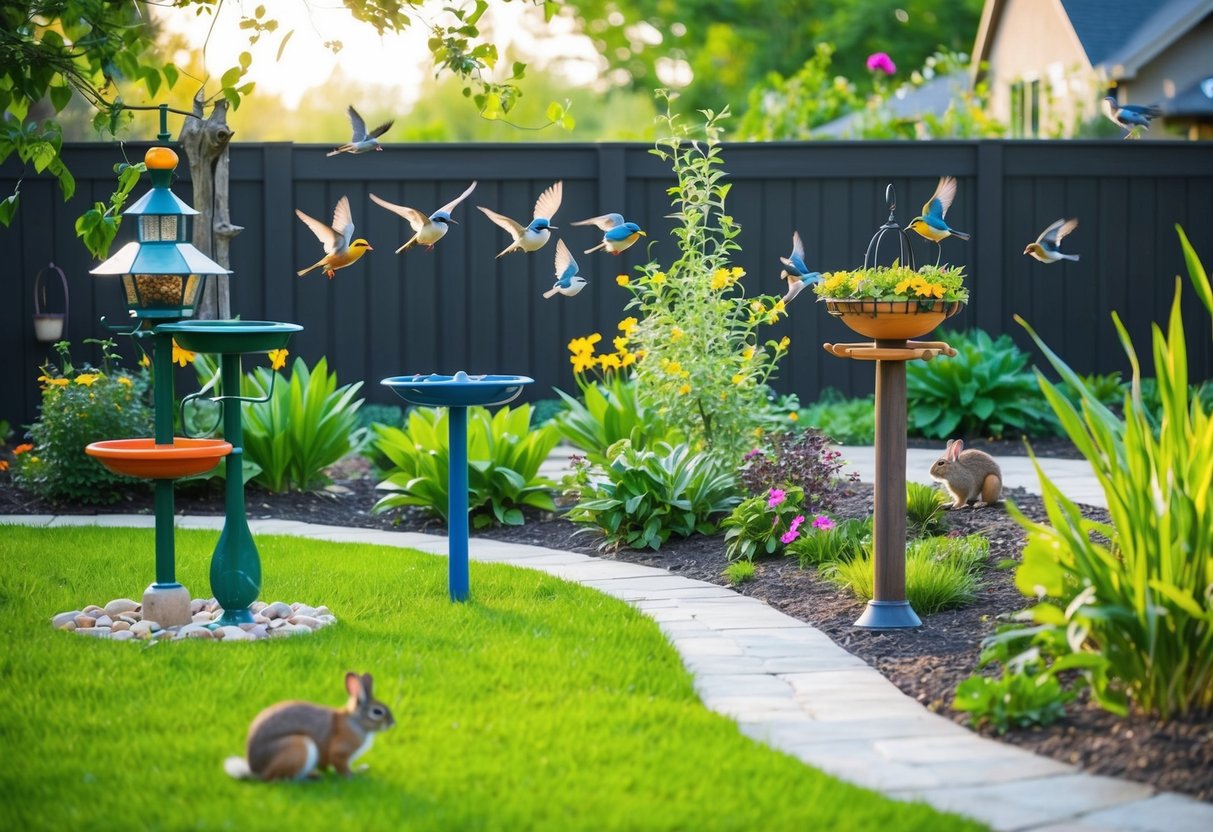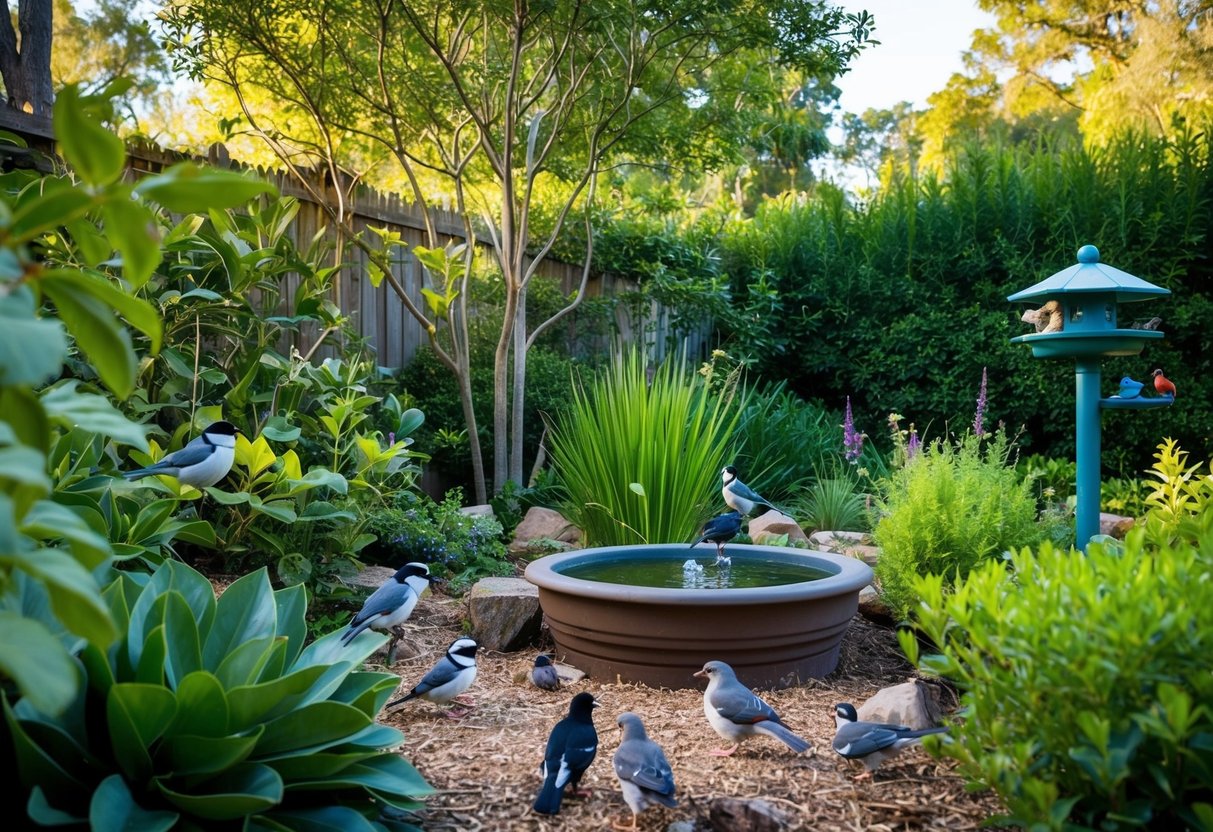
Birds bring life, color, and sound to any backyard, turning a garden into a vibrant hub of activity. Creating a bird-friendly backyard not only invites these delightful creatures into your space but also supports conservation efforts by providing habitats for local wildlife. By incorporating native plants, water sources, and nesting sites, anyone can transform their garden into a sanctuary for birds and other wildlife.
Connecting with nature through gardening fosters a sense of stewardship and respect for the environment. Establishing a backyard wildlife habitat offers refuge for various species, providing them with the essentials for survival. Not only does this replenish biodiversity, but it also offers a personal sense of fulfillment and enjoyment.
By making simple changes and additions to your yard, you can play an active role in supporting local ecosystems. Incorporate diverse plant species that produce seeds and berries, create shelter with shrubs and trees, and maintain a fresh water source. Each step contributes to a thriving ecosystem that rewards effort with the animated presence of birds and wildlife.
Understanding the Local Ecosystem

A bird-friendly backyard begins with knowledge of the plants and animals in the area. Promoting native species while controlling invasive plants can enhance wildlife support.
Identifying Native Species
Native species play a vital role in maintaining the balance of the local ecosystem. These include birds, insects, and plants that have evolved with the region’s climate and soil. Recognizing the native species in your area helps in creating a sustainable garden. Local extension services or wildlife organizations often provide resources and guides for identifying these species.
Native plants offer food and shelter for local wildlife, including seeds, fruits, and foliage. Birds may rely on these plants for nesting materials and covering. Without these plants, native birds might struggle to find the resources they need to survive.
Planting native species encourages a diverse range of birds, supporting their habitat needs all year round. It also reduces the necessity for fertilizers and pesticides, as these plants are already well-suited to local conditions. This not only benefits the birds but also contributes to environmental health.
Impact of Invasive Plants
Invasive plants can disrupt the delicate balance of the ecosystem by outcompeting native species. These non-native plants may spread aggressively, reducing the availability of natural resources for local wildlife.
Invasive plants can impair bird habitats by altering the structure and availability of native plants and food. Their dominance can lead to a decrease in biodiversity, which negatively impacts the animals that rely on a variety of native flora.
Identifying and managing invasive plants is crucial. Homeowners can seek guidance from local environmental agencies to learn about common invasive species in their area. Focused removal and management strategies can help restore the natural balance, providing an environment more supportive of both native birds and plants. Understanding and acting on these issues strengthens the ecological integrity of the backyard environment.
Designing a Wildlife-Friendly Landscape
Creating a wildlife-friendly landscape involves strategic planning to support local wildlife and enhance ecosystem health. It includes layering vegetation, incorporating water features, and adding wildflower meadows and brush piles.
Layering Vegetation: Canopy to Ground Cover
Layered vegetation plays a critical role in forming a complete habitat. Starting with a canopy layer, trees such as oak or maple provide shade and shelter. Beneath the canopy, shrubs like dogwood and holly offer food and nesting materials.
The ground cover layer includes low-growing plants and grasses, serving as hiding spots and food sources for smaller creatures. Native plants are recommended since they are better suited to local varieties of wildlife and require less maintenance.
By offering different vegetation layers, diverse species can find homes and resources at various heights, from treetops to the forest floor, increasing biodiversity and stability within the garden ecosystem.